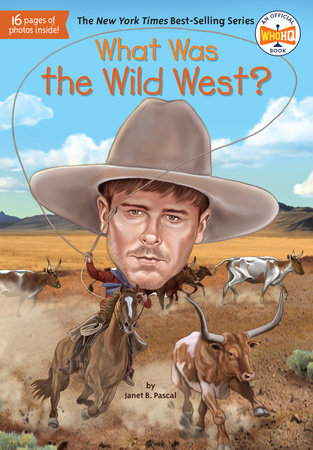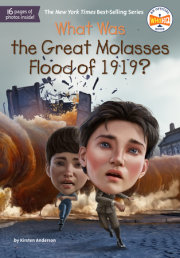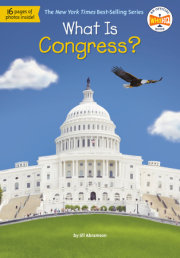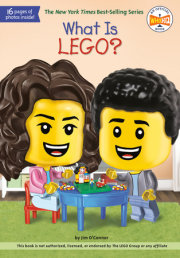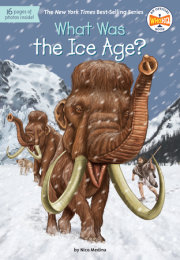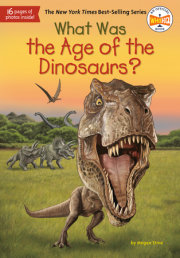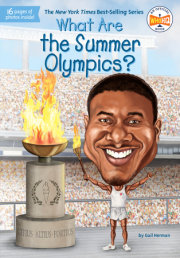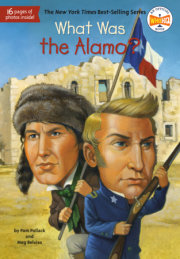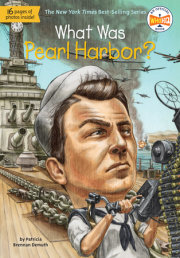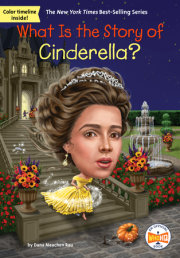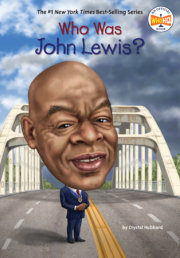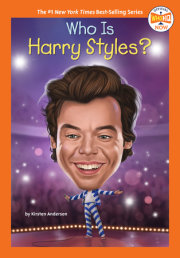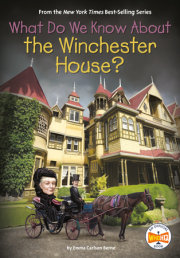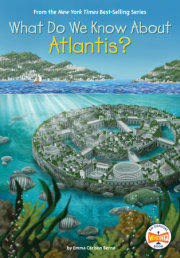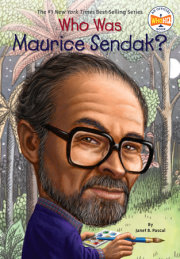What Was the Wild West? In 1886, crowds gathered in New York’s Madison Square Garden to applaud one of the decade’s biggest traveling shows—“Buffalo Bill’s Wild West.” The cast included real cowboys and hundreds of Native Americans. Over the course of two thrilling hours, the audience saw the story of “how the West was won.”
Indians on horseback hunted live buffalo. Bandits attacked an actual stagecoach. The famous sharpshooter Annie Oakley shot a cigar right out of her husband’s mouth. Cowboys rode bucking broncos and roped cattle. In the end, a band of Indian warriors attacked a pioneer settlement and were soundly defeated.
Buffalo Bill Cody, who ran the show, was a genuine Wild West hero. As a teenager, he rode a horse across the prairie for the Pony Express mail service. He scouted in the Indian Wars. He earned his nickname by killing 4,282 buffalo in eighteen months to feed workers who were building a railroad across the country.
Buffalo Bill’s show was wildly popular. At the world’s fair in Chicago in 1893, millions of people came to see it. When it toured Europe, England’s Queen Victoria was a fan. The show was largely responsible for the popular legend of the Wild West that movies, TV shows, and novels still draw on. The real story of the western frontier, however, is much more complicated.
Chapter 1:
The Frontier So what—and where—was the Wild West?
To the Indian nations that had been living in North America for thousands of years, the West wasn’t “wild.” It was part of their home. From the Seminole in the Southeast to the Duwamish in the Northwest, there were many nations. Each had its own culture with distinct beliefs, languages, and lifestyles. The different tribes all believed in respecting the land they lived on. They didn’t think that a single person could own a piece of land privately. A Wampanoag leader told some of the first settlers, “The land is our mother, nourishing all her children. . . . The woods, the streams, everything on it belongs to everybody and is for the use of all. How can one man say it belongs to him only?”
The American Indians didn’t see the lands where they lived as wilderness. However, to the first white settlers from Europe, anywhere farther inland than the colonies along the Eastern Seaboard was wilderness—the “Wild West.” It was untamed, and untouched by civilization. These settlers often lumped different native people together into one group. They considered them all savages.
Europeans thought land was meant to be owned, and that it was humankind’s duty to tame nature and make the land useful—to grow crops, build towns. In the New World, they cut down forests, built roads, bridged rivers, and started farms. They brought their laws and religion to people they saw as uncivilized. As the population grew, people moved westward. A line—not a real one, but a line on a map—marked the border between settled territory and the land the colonists hadn’t explored yet. That line was called the frontier.
Native Americans saw the frontier as the line where a strange people challenged their ideas and values, and tried to force a new way of life on them. As the line moved farther and farther west, their civilization was pushed into a smaller and smaller space.
It’s no wonder the frontier, where the two cultures met, was often a violent place.
Copyright © 2017 by Janet B. Pascal. All rights reserved. No part of this excerpt may be reproduced or reprinted without permission in writing from the publisher.




